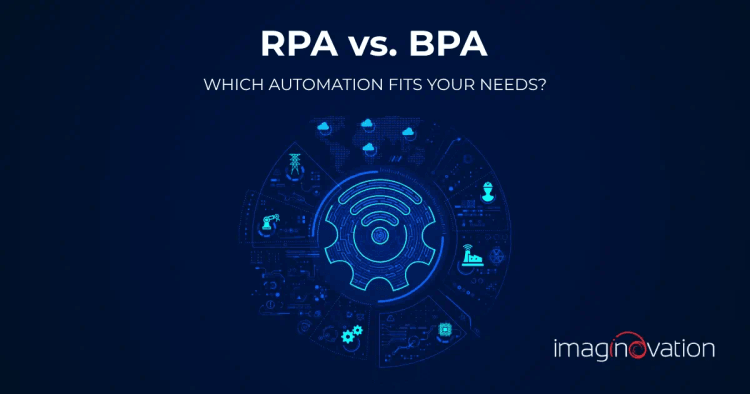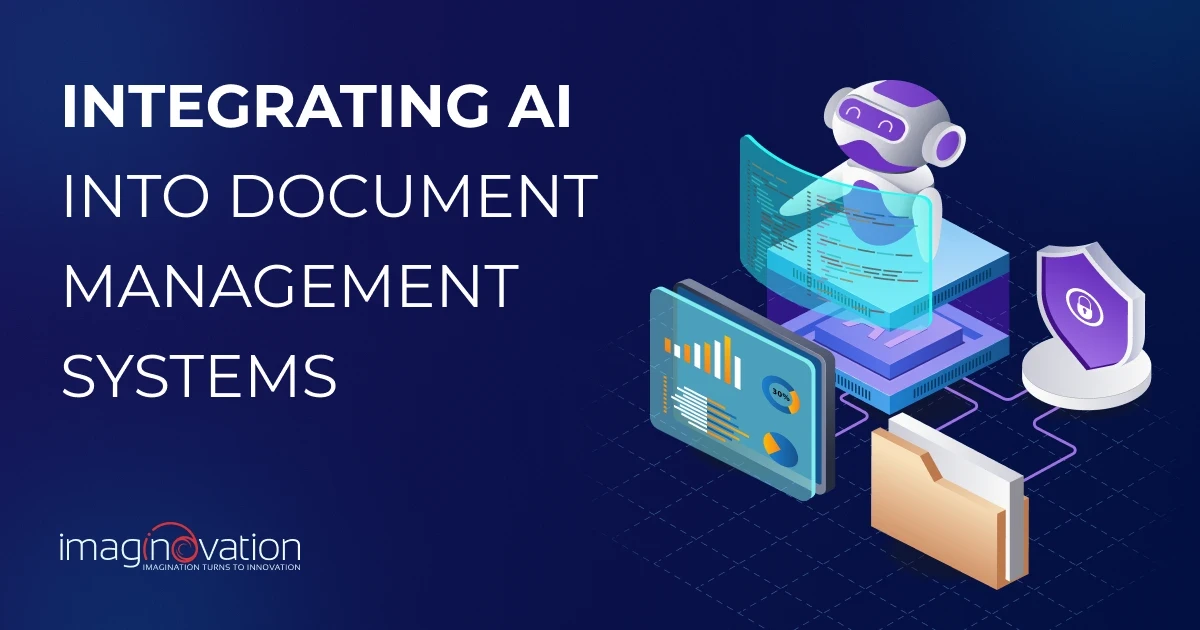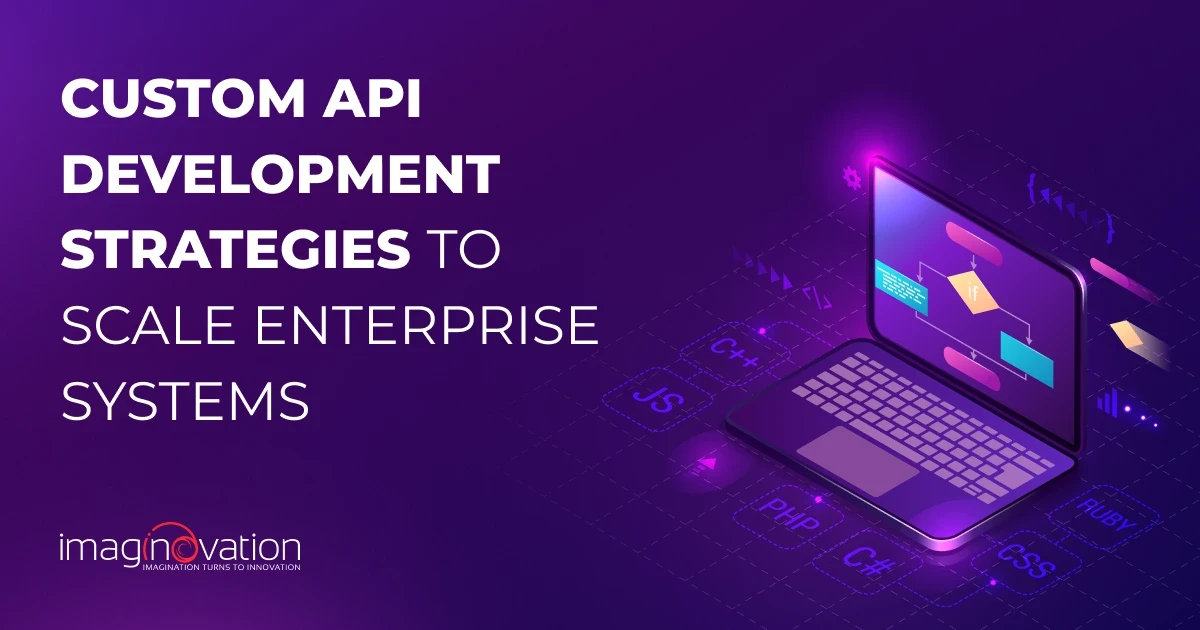We live in a highly competitive business landscape. As such, many companies are looking for tools to improve their efficiencies and productivity while reducing operational costs.
Business Process Automation (BPA) and Robotic Process Automation (RPA) have emerged as top contenders for achieving these objectives. While they sound incredibly similar, each has distinct functions and advantages.
This post explores each automation technology in more detail and highlights their differences. It will help you select the right solution to integrate automation seamlessly into your business.
Exploring Robotic Process Automation (RPA)
RPA can be defined as a slab of code designed to accomplish a particular task based on preset rules. These lines of code are popularly called “bots” or “scripts.” They imitate the sort of tasks that an individual would perform using their desktop. Examples include data input, form processing, reading invoices, and logging into applications.
So, how does RPA work? Utilizing this technology starts with documenting the task that is to be automated. Ideally, this bit should be handled by a subject matter expert (SME).
Once documented, the steps involved in the task are transformed into lines of code. The conversion process also consists of creating rules for the bots to follow when accomplishing the task. Given its straightforward working mechanism, it is no wonder RPA is among the fastest-growing automation technologies. See chart below:

Source: Precedence Research
According to this chart, the global market size of RPA reached $18.41 billion last year. However, it’s expected to increase to $178.55 billion within the next decade, growing at a 25.7% CAGR rate.
Understanding Business Process Automation
BPA technology approaches automation more holistically and strategically. Unlike RPA, which emphasizes singular tasks, BPA analyzes and optimizes complete workflows. BPA solutions span across multiple steps and departments, aiming to increase overall business efficiency.
Additionally, they have extra functions like modeling and orchestration. Some also facilitate collaboration and analysis.
Based on this, it’s clear that BPA is not just an automation technology. Rather, it’s a comprehensive toolbox that can be used to develop, optimize, and track a series of processes and workflows. Here are a few examples showing how BPA software is used for various functions:
Sales and Marketing
BPA technology can be used for several sales and marketing tasks. It can streamline lead management by automating lead capture, qualification, and distribution. It can also be synced with the CRM system, allowing for automated sales monitoring and reporting.
Human Resources
BPA solutions are great for streamlining employee onboarding procedures. In this case, they automate document collection and form filling. They can also aid in performance management by automating the review cycle, gathering feedback, and tracking goals.
Key Differences Between RPA and BPA
When it comes to automation, it’s crucial to understand the differences between these tools. This will help you determine the right solution based on your business’s needs and goals. Robotic Process Automation and Business Process Automation differ in their
Technology Application
RPA is a calculated automation technology designed to help with tasks that meet these criteria:
- Simple but repetitive
- Require minimal changes
This technology simply adds an extra layer of automation. As such, it’s used on top of existing systems without causing disruptions.
On the other hand, BPA is more of a strategic solution that goes beyond automation. By integrating with different technologies, it can remodel and optimize an array of organizational functions. In doing so, it overhauls the entire business process by replacing the existing one with BPA solutions.
Complexity
Another difference between these automation technologies is their complexity, with BPA taking the crown.
RPA bots allow for automation by learning and mimicking human actions. They access the existing UI on a desktop and then learn and imitate human-driven tasks.
These activities can range from copying and pasting to transferring documents and sending emails. Essentially, the bot records and repeats the entire workflow, eliminating the need for human intervention.
It's important to note, though, that these bots lack intelligence and decision-making capability. On the brighter side, RPA solutions are user-friendly, requiring zero to low coding and no APIs.
Conversely, BPA is designed to handle more complex processes. Deploying this technology involves creating one processing model that integrates with different enterprise systems.
The systems extract and share data with one another to achieve automation. This requires APIs and access to multiple databases. Due to its complexity, BPA integration should be done by professional IT staff with experience in coding and development.
Scalability
As companies expand, their need for effective, scalable processes increases. BPA solutions can easily adapt to these changing needs, allowing you to scale your operations flawlessly. Since BPA is more sophisticated, it can easily handle higher transaction amounts, new product lines, and business expansions without a hitch.
Here’s a summary of the main differences between Robotic Process Automation and Business Process Automation:
| Automation Tool/ Difference |
RPA | BPA |
|---|---|---|
| Scope | It involves using a particular software to set up rules-based applications that efficiently implement manual tasks | Works on a more extensive scope, where it automates multi-step processes or workflows |
| Complexity | Most suitable for non-complicated, rule-based tasks | It can be used for more complex processes |
| Mode of Integration | Works within the existing systems just as they are | Involves re-engineering of the current systems to deliver optimal value |
| Decision-Making | Not capable of making decisions independently | Can integrate decision-making into its operations |
| Use Cases | RPA is best used for data entry, processing invoices and repetitive administrative tasks | BPA is ideal for automating employee onboarding, order processing and customer service workflows |
Benefits and Limitations of RPA and BPA
Weighing the pros and cons of RPA and BPA can help you make a more informed decision for your business automation. So, here’s a detailed breakdown of each:
Benefits of RPA
Intuitive
One of the greatest benefits of RPA technology is its user-friendliness. It requires low- to zero-coding, making it easy to use with limited technical expertise. This, in turn, increases the range of users who can use RPA automation solutions.
Scalability
With RPA, it’s incredibly easy to scale as the needs of your business grow. All you have to do is deploy more bots to handle the increasing workload.
System Compatibility
Don’t want to make too many changes to your business's existing systems? If so, RPA is your best bet. It easily integrates into them without causing severe disruptions.
Limitations of RPA
Averse to Changes
RPA bots don’t adapt well, so altering the user interface of the applications they work with can lead to malfunction or failure. Therefore, avoid changing the layout, performance or design of the respective applications.
Cannot Handle Sophisticated Tasks
As mentioned earlier, RPA solutions aren’t designed to tackle complex tasks, especially those that call for human decision-making or intervention. Any digression from the preset rules and the bots will end up producing faulty outcomes.
Cannot Improve Underlying Business Workflows
The RPA bots are configured to follow the rules and steps defined at the beginning, to the letter. So, if the underlying process or workflow is ineffective when steps are done manually, the RPA technology won’t correct it. It will automate it exactly as it is, creating more errors and inefficiencies.
Benefits of BPA
Automates End-to-End Processes
One thing that gives BPA technology an edge is the fact that it can automate end-to-end processes. So, instead of concentrating only on singular tasks, the whole workflow runs automatically.
Integrates with Different Applications
Due to its efficiency in automating underlying processes, BPA solutions are compatible with multiple data sources. They can be integrated with spreadsheets, databases, emails and more.
Standardization Benefits
Another advantage of BPA technology is that it yields standardized results. The system(s) that you automate will be uniform, yielding better-quality results with no errors.
Limitations of BPA
Pricey Investment
BPA technology is expensive to configure and maintain. Although the cost usually depends on the project's scope, you will likely have to invest in complex software, hardware and employee training. You also need to factor in the cost of ongoing monitoring, updating and support.
Need for Human Intervention
Another limitation of using BPA technology is that it requires plenty of monitoring and management by human users. Even though it’s fully capable of automating tasks, it presents a higher risk of errors and exceptions that require human intervention.
Consider a BPA technology used to automate invoicing. In the end, there’s a need for human input to tackle exceptions and handle potential disputes.
Deciding Between RPA and BPA for Your Business
Choosing between RPA and BPA requires examining your company’s needs and goals.
If you’re looking to automate just a handful of mundane tasks quickly and economically, then RPA is the best technology. However, if you’d like to transform complete workflows to increase long-term efficiency, BPA is a better option.
Still, RPA and BPA can be used in tandem, streamlining more operations and yielding greater efficiencies. Let’s consider the HR department as an example. RPA can automate the entry of employees’ data, while BPA can automate the onboarding process.
Also Read: RPA vs. AI: What’s Best for Business Automation?
Implementing Automation Solutions with Imaginovation
Whether you decide to go for RPA, BPA, or both, working with the right tech company can be a game-changer. On that note, Imaginovation is one of the best partners you can work with. Our team analyzes business workflows and creates personalized solutions that address individual organizational needs. We will also help you integrate automation technology effectively and scale its operations as your firm grows.
Streamline Your Business Processes with Imaginovation
Integrating automation technology—like RPA and BPA—is a worthwhile investment for your business. These technologies confer several benefits that positively impact cost, time, and production capabilities.
That said, it’s crucial to note that RPA and BPA work differently. While RPA automates singular tasks, BPA automates underlying systems from start to finish. For more insight on implementing RPA/BPA in your organization, feel free to contact us.
Let's Talk.
Ready to build an app, but not sure where to start?
We've got you covered. Click the button below to get started.





